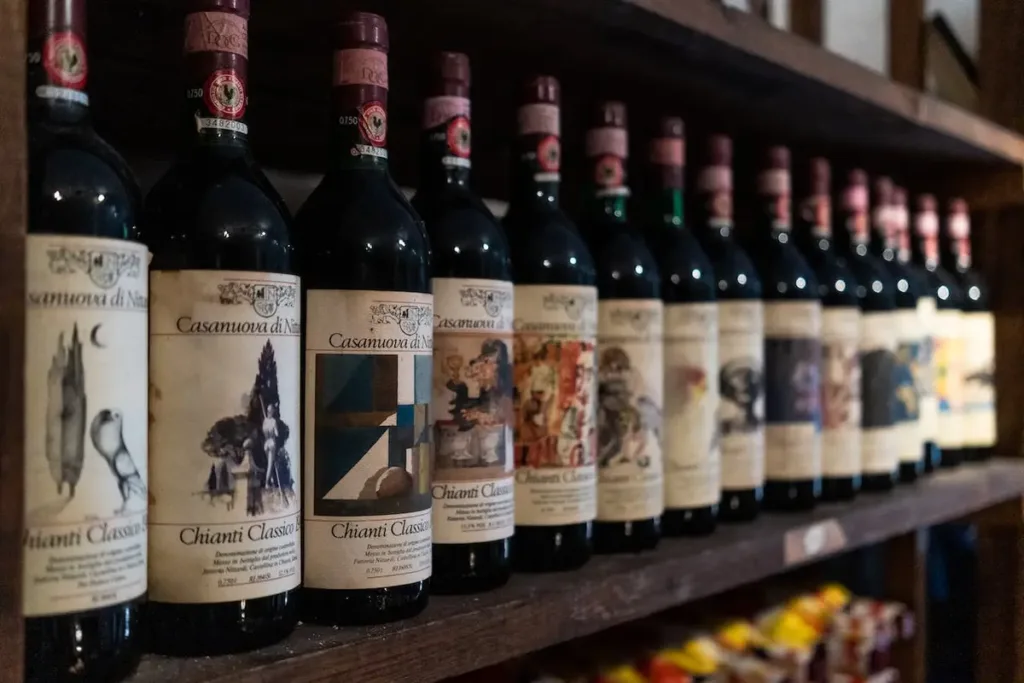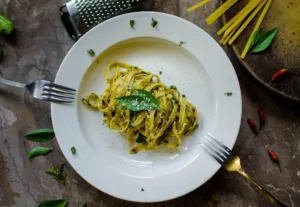Italy, a country synonymous with wine excellence, offers a journey through a rich tapestry of vineyards, each producing wines that are a reflection of its unique terroir. From the robust reds of Tuscany and Piedmont to the sparkling delights of Veneto, Italian wines are celebrated globally for their unparalleled quality and diversity.
The Rich Reds of Italy
Italian red wines are renowned for their bold flavors and complexity. Regions like Tuscany, Piedmont, and Sicily are revered for producing some of the best red wines in the world.
In Tuscany, the Sangiovese grape dominates, giving rise to iconic wines such as Chianti and Brunello di Montalcino. Chianti, known for its bright acidity and cherry notes, is a staple in any wine enthusiast’s collection. Brunello di Montalcino, on the other hand, is lauded for its depth and aging potential, offering flavors of dark fruit, leather, and anise.
Piedmont, a region shrouded in misty hills, is the birthplace of Barolo and Barbaresco, both made from the Nebbiolo grape. These wines are celebrated for their robust tannins, high acidity, and complex aromas of roses, tar, and truffles. Barolo, often described as one of Italy’s greatest wines, is particularly noted for its ability to age gracefully, developing nuanced flavors over time.
Sicily, with its rich winemaking heritage, has gained acclaim for wines made from the Nero d’Avola and Frappato grapes, offering reds that are both full-bodied and approachable, with notes of blackberries, spices, and earth.

Elegant Italian Whites
Italian white wines, though sometimes overshadowed by their red counterparts, are equally deserving of recognition. Varietals like Vermentino, Moscato, and Trebbiano have put regions such as Tuscany, Veneto, and Abruzzo on the map.
Vermentino, primarily found in Tuscany and Sardinia, is known for its crisp acidity and flavors of green apple and almond, making it a perfect match for seafood dishes. Moscato, a sweet and slightly sparkling wine from Piedmont, is revered for its fragrant aromas of peach and apricot. Trebbiano, one of the most widely planted grapes in Italy, produces light and refreshing wines with citrus and mineral notes.
The Sparkling Wines of Veneto
No exploration of Italian wines would be complete without mentioning Prosecco, the beloved sparkling wine from Veneto. Made from the Glera grape, Prosecco is cherished for its light, frothy bubbles and flavors of green apple, honeydew, and pear. It’s a staple for celebrations and a refreshing choice for any occasion.
Diverse Regions, Diverse Wines
Italy’s wine regions each offer something unique. In addition to Tuscany, Piedmont, and Veneto, regions like Montepulciano in Abruzzo and the vineyards of Sicily contribute to the country’s rich wine tapestry. Montepulciano is known for its robust Montepulciano d’Abruzzo, a wine with dark fruit flavors and a pleasant earthiness. Sicilian wines, influenced by the island’s volcanic soils, are gaining recognition for their distinct character, especially wines made from the indigenous Nero d’Avola and Grillo grapes.
Vintage and Vineyard: The Keys to Quality
The quality of Italian wines is deeply linked to the vintage and the vineyard. The concept of “annata,” or the year of the harvest, plays a crucial role in the wine’s character. A good vintage can elevate a wine from excellent to extraordinary. Similarly, the vineyard’s location, soil composition, and microclimate (known as “terroir”) are crucial in shaping the wine’s profile.
The Art of Italian Winemaking
Italian winemaking is an art form, passed down through generations. Winemakers in Italy are not just producing wine; they are custodians of a centuries-old tradition. The process, from the careful selection of grapes to the aging in cellars, is conducted with utmost care and respect for the land.

Pairing Italian Wines with Food
Italian wines shine brightest when paired with food. The country’s diverse range of wines means there’s a perfect match for every dish, whether it’s a robust Barolo with a hearty osso buco or a crisp Pinot Grigio with a light seafood pasta. The key is to balance the flavors of the wine with the flavors of the dish, creating a harmonious dining experience.
Sustainability and Innovation in Italian Wineries
In recent years, Italian wineries have embraced sustainable practices, recognizing the importance of preserving the land for future generations. Organic and biodynamic farming methods are becoming increasingly common, reflecting a commitment to quality and environmental stewardship.
Italian Wines in the Global Market
Italian wines have a significant presence on the global stage. They are not only a staple in Italian restaurants worldwide but are also highly sought after by collectors and wine enthusiasts. The reputation of Italian wines, built on a foundation of quality and diversity, continues to grow, with Italian wineries consistently producing some of the best wines in the world.
The Timeless Appeal of Italian Wine Varietals
Exploring the world of Italian wines is akin to discovering a mosaic of flavors, each varietal offering its unique story and taste profile. Beyond the renowned Nebbiolo and Sangiovese, Italy boasts a plethora of grapes that contribute to its vinous diversity.
Barolo and Barbaresco: The Jewels of Piedmont
In Piedmont, Barolo and Barbaresco stand as the epitome of Italian red wines. Often referred to as the “king and queen” of Italian wines, these Nebbiolo-based wines are celebrated for their profound complexity and aging potential. Barolo, with its robust structure and rich tannins, delivers a powerful palate experience, often revealing layers of cherry, tar, roses, and earthy undertones. Barbaresco, slightly more graceful, offers a delicate balance of tannins and acidity, paired with alluring aromas of red fruit and spices. These wines are not just beverages; they are a narrative of Piedmont’s winemaking legacy, embodying the region’s commitment to excellence.
Amarone: The Richness of Veneto
From the Veneto region comes Amarone, a wine that mesmerizes with its bold flavors and rich, concentrated profile. Made using a unique process where grapes are partially dried before fermentation, Amarone is a testament to the ingenuity of Italian winemakers. This process, known as “appassimento,” intensifies the wine’s flavors, resulting in a full-bodied experience with notes of dark fruit, chocolate, and spices. Its velvety texture and lingering finish make Amarone a favorite among those who appreciate opulent reds.
Prosecco: Italy’s Sparkling Star
Prosecco, the sparkling wine from Veneto, has seen a meteoric rise in popularity. Its approachable style, marked by light, effervescent bubbles and fresh, fruity flavors, has made it a beloved choice for celebrations and casual gatherings alike. The Glera grape, the primary varietal used in Prosecco, imparts a delightful freshness, often accompanied by flavors of green apple, pear, and floral notes. This sparkling wine exemplifies the Italian flair for creating wines that are both high in quality and enjoyable in every setting.

Tuscany’s Treasures: Chianti and Brunello di Montalcino
Tuscany’s rolling hills are home to some of Italy’s most iconic wines, including Chianti and Brunello di Montalcino. Chianti, crafted predominantly from Sangiovese grapes, is a versatile wine that ranges from light and fruity to rich and full-bodied. It’s a wine that encapsulates the rustic charm of Tuscany, offering flavors of red fruit, earth, and herbs. Brunello di Montalcino, a more intense expression of Sangiovese, is known for its depth and longevity. With a bouquet of dark cherries, leather, and spices, Brunello is a wine that evolves beautifully over time, revealing a complexity that is unmatched.
Conclusion
Italian wines, with their rich history, diverse styles, and exceptional quality, are a testament to Italy’s enduring love affair with viticulture. From the robust reds of Tuscany and Piedmont to the sparkling Proseccos of Veneto, these wines offer a glimpse into the heart and soul of Italian culture. Whether you’re a seasoned connoisseur or a casual wine drinker, the best Italian wines promise a journey of discovery, one that delights the palate and captivates the senses. Looking for a wine pairing with Italian food? Make sure you look through our directory of the best Italian restaurants.







